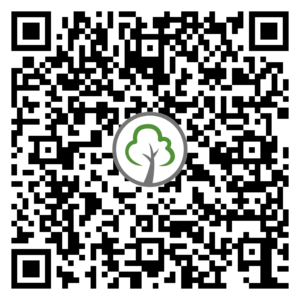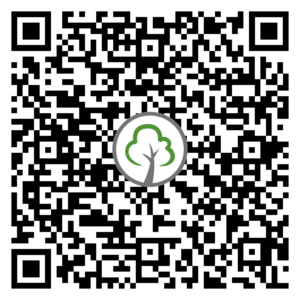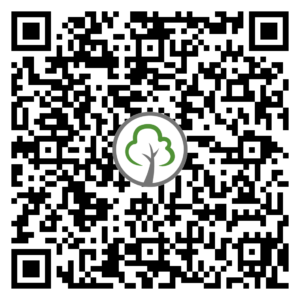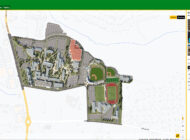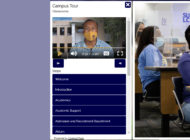Launching Video or Audio Tours from QR Codes on Building Signs
Colleges Embrace Technology: Launching Video or Audio Tours from QR Codes on Buildings
Colleges and universities are increasingly adopting innovative technologies to enhance the student experience and attract prospective students. One such technology gaining traction is the use of QR codes on building signage to launch video tours. This approach offers a convenient and engaging way for students to explore campus facilities and learn more about specific buildings or programs.
Why QR Codes?
QR codes offer several benefits for launching video tours:
- Accessibility: Anyone with a smartphone can easily access the video tour by scanning the QR code. This eliminates the need for downloading dedicated apps or carrying physical brochures.
- Interactivity: QR codes can link to interactive tours that allow users to click on specific points of interest for additional information or navigate to different parts of the building.
- Cost-effective: Implementing QR codes is relatively inexpensive compared to traditional tour methods such as hiring guides or printing brochures.
- Data collection: QR codes can be tracked to collect data on user engagement, such as the number of scans and the most viewed videos. This information can be used to improve the tour experience and target marketing campaigns.
Enhancing the Campus Experience
QR codes can be placed on various campus signage, including:
- Building entrances
- Information kiosks
- Maps
- Directional signs
- Inside buildings near specific rooms or features
By scanning the code, students can access tailored video tours that highlight the building’s history, architecture, amenities, and unique features. This can be particularly helpful for first-year students or prospective students who are unfamiliar with the campus.
Examples of Colleges Using QR Codes
Several colleges and universities are already utilizing QR codes for video tours, including:
- University of California, Berkeley: Students can scan QR codes outside various buildings to access virtual tours narrated by current students.
- University of Michigan: QR codes are placed on historical markers around campus, linking to videos that provide more information about the location.
- Columbia University: QR codes are located in residence halls, allowing students to take virtual tours of different room types and floor plans.
- Sarah Lawrence College: QR codes placed buildings launch audio tours of campus locations.
The Future of QR Codes in Higher Education
The use of QR codes for video tours is likely to continue to grow in popularity within higher education. As technology evolves, we can expect to see even more innovative applications, such as augmented reality tours that overlay digital information onto the physical world.
This technology can revolutionize the way students explore campuses and make informed decisions about their education. By leveraging the power of QR codes, colleges and universities can create a more interactive and engaging campus experience for all.
Additional Benefits of QR Code Video Tours:
- Accessibility for students with disabilities: Videos can be captioned and translated into multiple languages, making the tours accessible to a wider audience.
- Reduced environmental impact: QR codes eliminate the need for printed materials, promoting sustainability on campus.
- 24/7 access: Students can access the tours anytime and anywhere, regardless of campus hours.
- Personalization: QR codes can be customized to link to specific tour content based on the user’s interests or program of study.
- Marketing tool: QR codes can be used on promotional materials to attract prospective students and showcase the campus facilities.
Overall, the use of QR codes for video tours represents a positive step forward in enhancing the student experience and promoting technology adoption within higher education. As this technology continues to evolve, we can expect to see even more innovative and engaging ways to connect students with their campuses.

